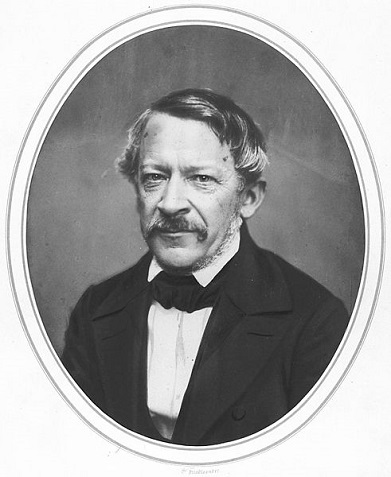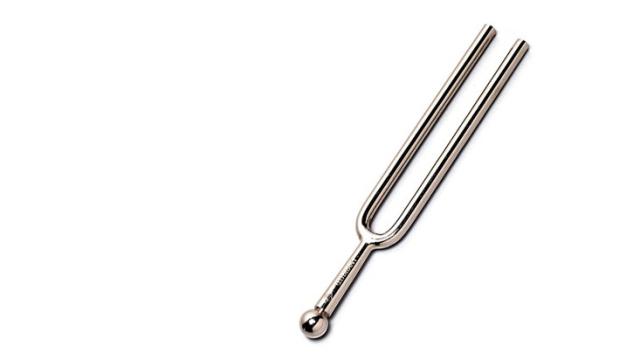Heinrich Wilhelm Dove was a meteorologist who made great contributions to his field. He wrote over 300 papers, and helped launch the science of global climate study. But today, it’s parapsychologists who bring his work up the most.
Born into a Europe that was about to be rocked by Napoleon, Heinrich Wilhelm Dove was sickly and bookish, but good-natured. Despite setbacks like the early death of his father, he sailed smoothly through his student years and into a teaching position. He studied physics, but rather than limit himself table-top experiments, he was drawn to large, complicated phenomena. This meant that he was born at just the right time.

As he was coming into his own, in terms of academics, a worldwide network of meteorological stations was being set-up. Scientists were sharing their data and standardising their instruments. Dove worked constantly, and produced work on everything from magnetism to the distribution of heat over the Earth. He even came up with a theory, Drehungsgesetz, the “theory of rotation,” which noted the fact that wind tended to rotate counterclockwise in one hemisphere and clockwise in another, and posited a reason for the effect. This work is frequently mentioned as an early version of the modern Coriolis Effect.
But he’s most known for a paper he published in 1839. When Dove was around 35 years old and teaching in a secondary school, he noticed an interesting phenomenon. He put a subject in a room. On one side of the room he placed a tuning fork, with a listening tube that ran from the fork to the subject’s ear. On the other side of the room he placed another tuning fork, and another tube, running up to the subject’s other ear. The two forks didn’t quite vibrate at the same frequency. One, for example, would vibrate at 450 hertz and the other at 470 hertz. The subject could hear the difference, but they could hear it as a combined sound — one slow beat, now known as a binaural beat.
Binaural beats were just a curiosity until the 1970s, when Dr. Gerald Oster noticed that people varied in sensitivity to binaural beats and that people with some neurological conditions couldn’t hear them. Perhaps they could be used as a diagnostic tool. Since then, they have exploded. People suggest listening to binaural beats in order to experience lucid dreaming, lessen pain, unlock creativity, and even improve sexual experience. They are peddled as meditation aids, intelligence boosters, and ways to treat hyperactivity. Heinrich Dove found the ultimate trend in new age medicine, 150 years before its time.
Pity he didn’t think to market them in his day. Two tuning forks and two rubber tubes could have netted him a fortune.
